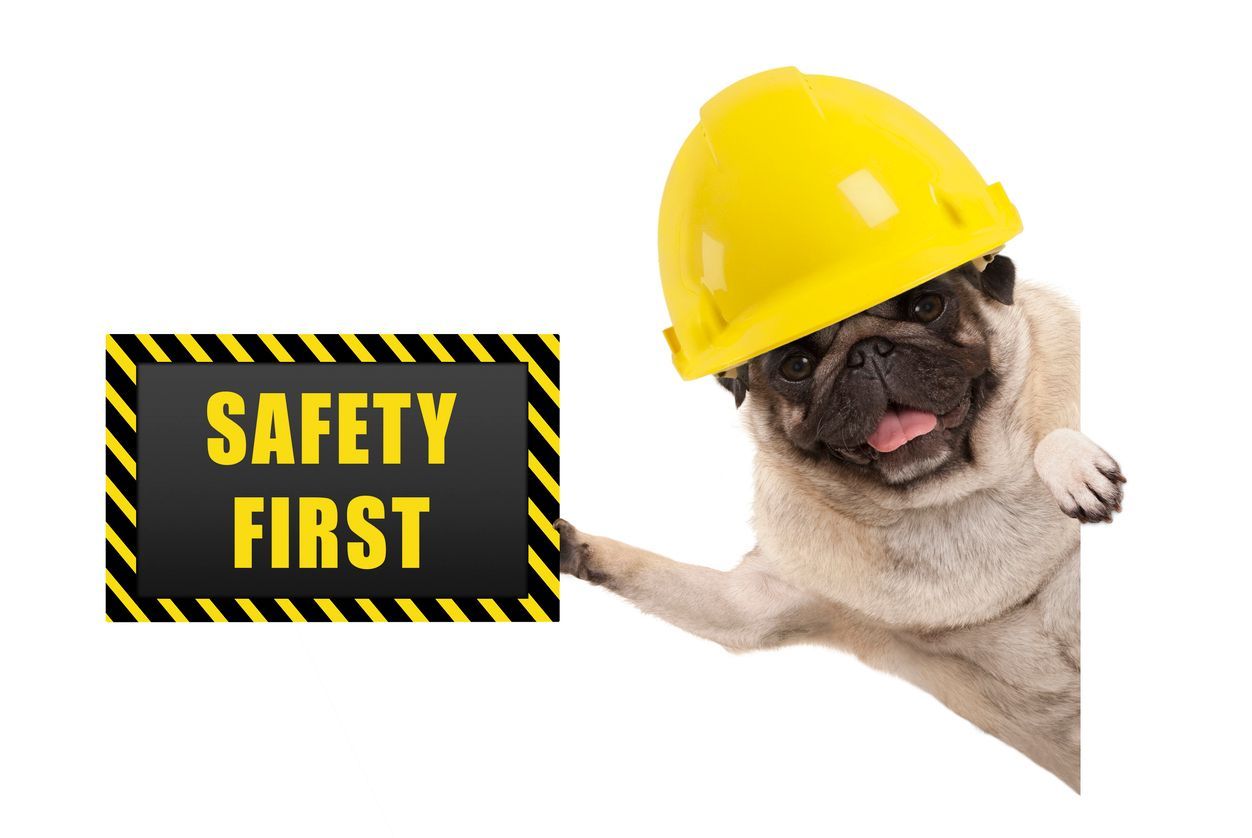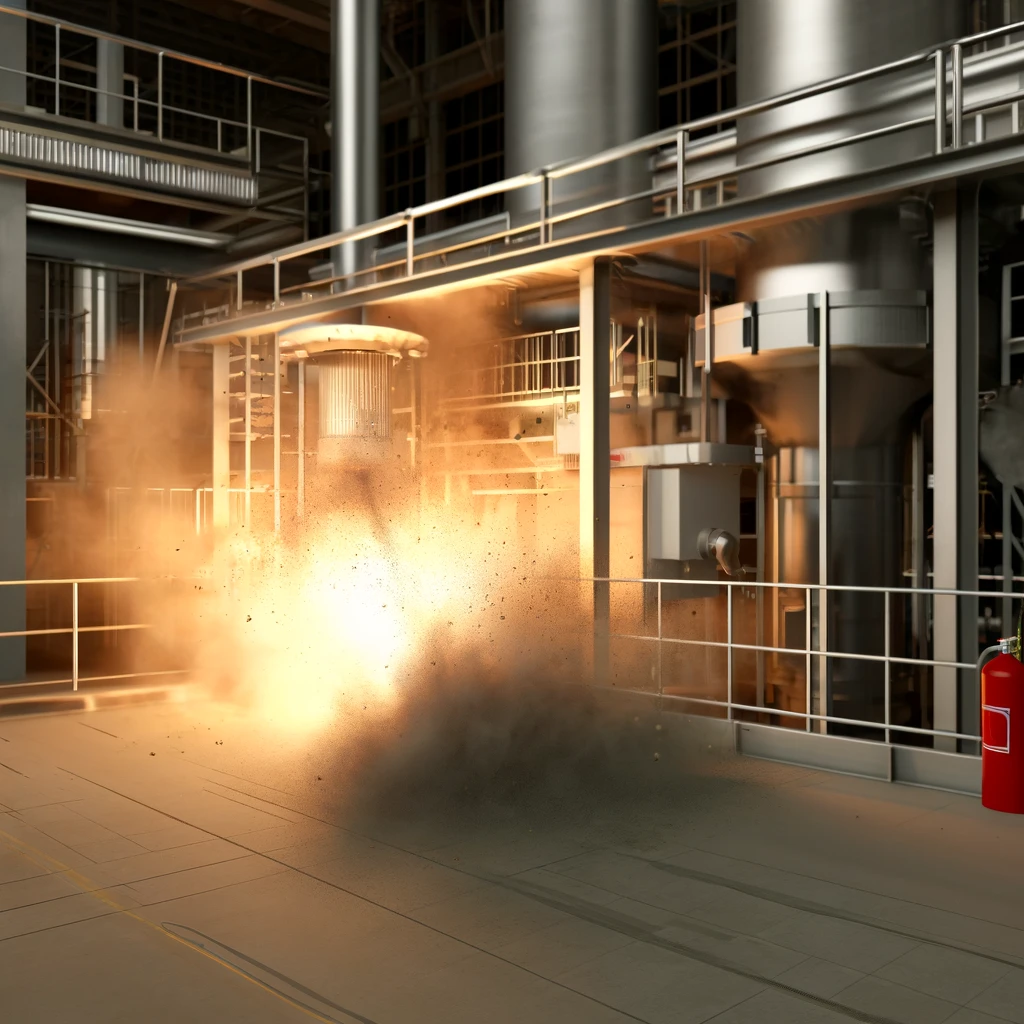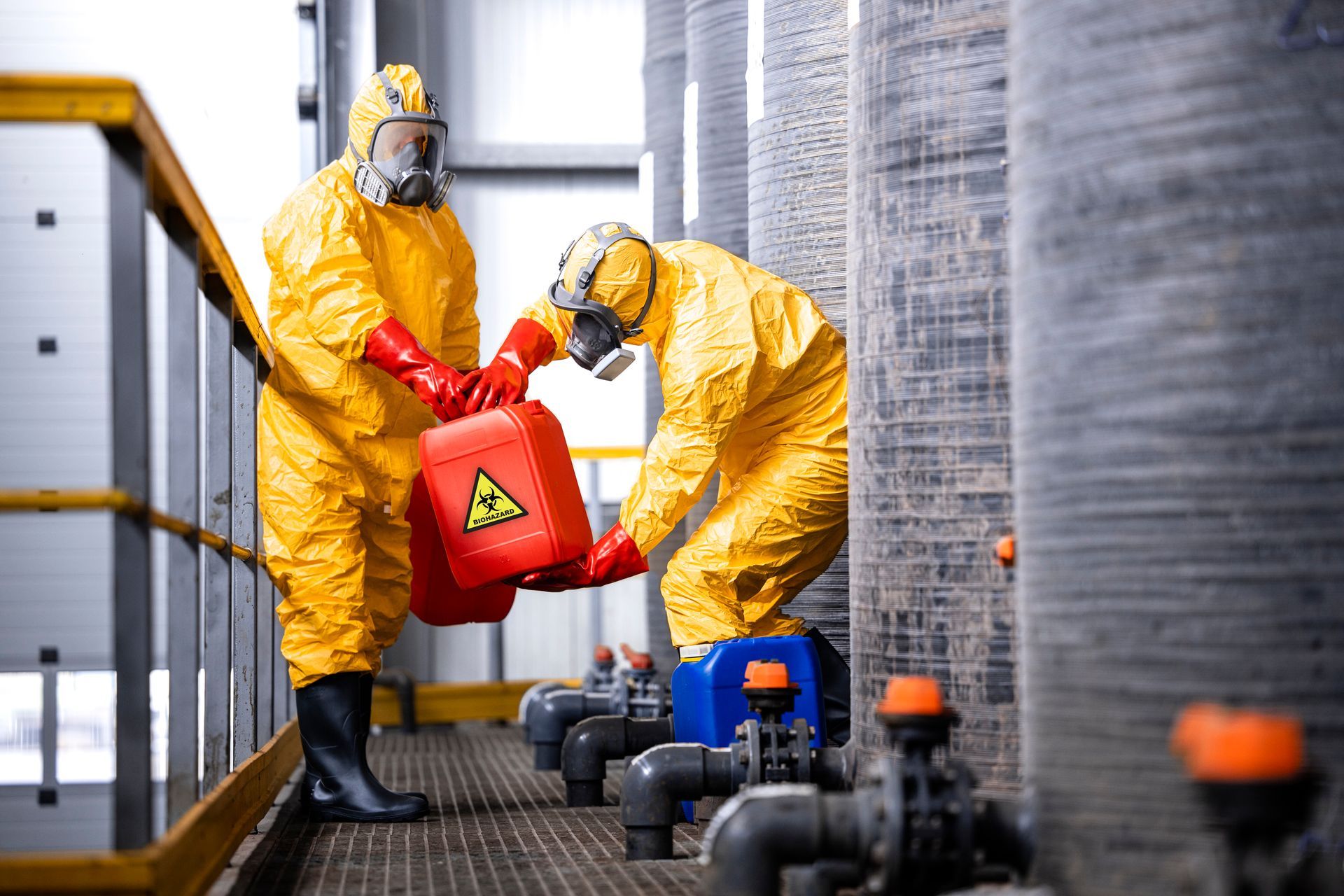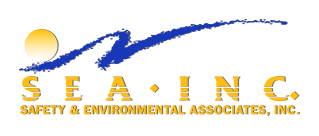Steer Clear of Compliance Pitfalls: Mastering OSHA's Top 10 Violation List for a Safer Workplace

OSHA citations are not just slips of paper; they are red flags indicating significant risks in your workplace. These citations, rampant and often hiding in plain sight, can have dire consequences for your employees and your organization's bottom line. It's crucial to ask: Is your organization doing enough to avoid these common pitfalls?
1. The Gravity of Ignorance is Not Bliss
Firstly, understanding the 'OSHA Top 10' is vital. These are the most frequently cited standards following OSHA inspections of worksites. Ignoring these can lead to severe injuries or worse, fatalities. Your organization's awareness and proactive steps in addressing these can be the difference between a safe workplace and a hazardous one.
2. A Culture of Safety: More Than Compliance
Creating a culture of safety goes beyond mere compliance. It involves ingraining safety practices into the very fabric of your organization. Regular training, open communication, and a nonpunitive approach to reporting hazards are key elements. Employees should feel empowered and responsible for their safety and that of their colleagues.
3. Regular Audits: Identifying the Hidden Dangers
Many OSHA violations are not immediately obvious. Regular safety audits are essential in identifying potential hazards before they lead to an incident. These audits should be thorough and cover every aspect of your workplace, from equipment safety to employee work habits.
4. Invest in Training and Education
One of the best ways to prevent violations is through continuous training and education. Employees need to be up-to-date with the latest safety practices and understand the implications of non-compliance. This is not a one-time event but an ongoing process.
5. Engage and Empower Employees
Employees are your first line of defense against safety violations. Engaging them in safety discussions, encouraging them to voice concerns, and involving them in safety planning can significantly reduce the risk of violations. When employees feel they are part of the solution, compliance becomes a shared goal.
6. Keep Up with OSHA Updates
OSHA regulations are not static. They evolve with new research, technology, and workplace practices. Keeping abreast of these changes and updating your policies accordingly is crucial in maintaining compliance and ensuring employee safety.
7. Documentation: Your Safety Net
Proper documentation of safety procedures, incident reports, and compliance efforts can be a lifesaver during OSHA inspections. It’s proof of your commitment to safety and can often mitigate penalties if a violation occurs.
8. Invest in Safety Equipment and Maintenance
Investing in the right safety equipment and ensuring its regular maintenance is non-negotiable. This includes personal protective equipment (PPE), safety guards on machinery, and ergonomic tools to prevent strain injuries.
9. A Proactive Approach to Hazard Communication
Clear and effective communication about potential hazards is essential. This involves labeling, safety data sheets, and training programs to ensure every employee understands the risks and the measures in place to mitigate them.
10. Leadership Commitment: The Keystone of Safety
Finally, the commitment to safety must start at the top. Leadership should demonstrate a genuine concern for employee well-being and lead by example. This commitment trickles down through every level of the organization and is critical in establishing a strong safety culture.
Becoming a Statistic is a Choice
Preventing OSHA violations is more than adhering to a checklist. It’s about creating an environment where safety is paramount, and every employee feels responsible and equipped to maintain it. Don’t let your employees or your organization become statistics. Take a proactive stance on safety, and ensure that your workplace is not just compliant, but exemplary in its safety standards.
How SEA Can Help Enhance Your Workplace Safety
In closing, Safety & Environmental Associates, Inc. (SEA) stands as a vital ally in addressing these OSHA-related challenges. Our range of services, tailored to identify and mitigate workplace hazards, include comprehensive safety audits, customized training programs, and ongoing regulatory compliance support. By leveraging SEA’s expertise, your organization can not only avoid common OSHA violations but also foster a culture of safety that protects your employees and strengthens your operational integrity. Let us partner with you to transform your safety practices from a requirement to a cornerstone of your business success.
By: Derek Jennings, President SEA



10201 W. Markham Suite 317
Little Rock, Arkansas 72205
Phone: 888-374-3442
1750 Highway 160 West, Suite 101-147
Fort Mill, SC 29708
Phone: 839-400-2223
Our Hours
- Mon - Sun
- Open 24 Hours
SEA Inc. | Powered by Flypaper | All Rights Reserved | Privacy Policy
